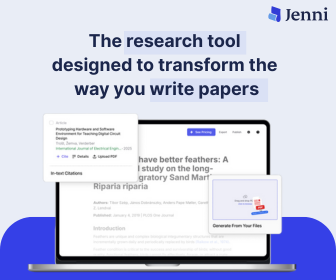Table of Contents
Dr Reddy’s Set to Bring Affordable Weight-Loss Drug to India
One of India’s largest pharmaceutical manufacturers, Dr. Reddy’s Laboratories, has gained regulatory approval from the FDA and will soon market a generic version of semaglutide, an ingredient of popular diabetes and weight-loss medications, in India and several other foreign countries. It was driven by rising obesity rates, upcoming patent losses, and high-paced worldwide demand for GLP-1 (Glucagon-Like Peptide-1)medications.
Background & Market Context of Generic Semaglutide:
Semaglutide is the active ingredient in widely used drugs such as Ozempic (for type-2 diabetes) and Wegovy (for obesity). The drugs belong to the GLP-1 receptor agonist family, which delay digestion, reduce hunger, regulate blood sugar, and assist in weight loss.
The Indian anti-obesity drug market has grown exponentially in the past few years, and it is said to have grown four times in five years to a few hundred crores of rupees. The period for patent protection for semaglutide in India will end in March 2026, opening the gates for generic competition.
What Dr Reddy’s Has Achieved / Is Doing?
Under a Phase III study, Dr Reddy’s obtained regulatory clearance from the Subject Expert Committee (SEC) of the Central Drugs Standard Control Organisation (CDSCO) for a higher strength of semaglutide injectable (8 mg/3 mL delivering 2 mg/dose).
This drug maker has made a public announcement that it will be offering a generic form of semaglutide in 87 nations starting in 2026, with the initial markets being emerging nations like India, Brazil, Turkey, and Canada, pending patent expiration and regulatory approvals.
The CEO has said the generic semaglutide opportunity could add “hundreds of millions of dollars” of extra revenue to the company.
Patent & Legal Issues of Generic Semaglutide
The other patents (distribution, formulation, etc.) are in force until approximately March 2026, though semaglutide’s fundamental composition patent had expired in India.
In a patent infringement suit filed by Danish drug company Novo Nordisk, the Delhi High Court made an undertaking in May 2025 by Dr. Reddy’s to not sell or distribute its locally made copy of semaglutide in the country for now. The court issued an interim restriction against domestic sale during the period of the case. But Dr. Reddy’s has kept asserting that it possesses the manufacturing license and wants to sell in markets where the patents are invalid or have expired.
Strategic Implications
With entry into the generic semaglutide market, Dr. Reddy’s positions itself in a high-growth GLP-1 drug category (diabetes and weight loss/obesity) and introduces a new growth driver beyond the traditional generics.
Introduction of a cheaper generic drug may enhance access to the available expensive and effective treatments for obesity in India and developing nations. Branded Wegovy is reportedly priced between ₹17,000 and ₹26,000 a month depending on the dose.
Meanwhile, the legal/patent hurdle remains a major concern. Launch date or availability can be delayed if Dr. Reddy’s is banned for domestic sales or is restricted.
What to Watch?
- Regulatory Approvals: Dr. Reddy’s must complete regulatory submissions and secure approvals in each country (and strength) before launch.
- Pricing Strategy: In price-sensitive markets like India, the generic medications must be much less expensive than the branded counterparts in order to be adopted.
- Competition: Generic semaglutide or comparable GLP-1s are also being prepared by other Indian generic and biopharma companies (such as Biocon, Cipla, etc.).
- Market Segmentation: Owing to patent/market access, entry into US and Europe is likely to occur later (2029–2033), although the launch might initially focus on diabetes and obesity in developing markets.
- Patient Access & Adherence: The actual-world effect of availability of generic medicines will be based on the overall healthcare system, physician adoption, reimbursement/insurance, and patient lifestyle.
The move by Dr. Reddy to create a generic version of semaglutide is a strong strategic initiative for the company as well as for the management of diabetes and obesity in India and other countries. A class of drugs that have hitherto been economically out of reach of many may become more reachable if this is effectively implemented. But regulatory timelines and patent/legal issues remain potent challenges. It will be important to track how rapidly this becomes available and how the competitive environment evolves in the next 12 to 24 months.























